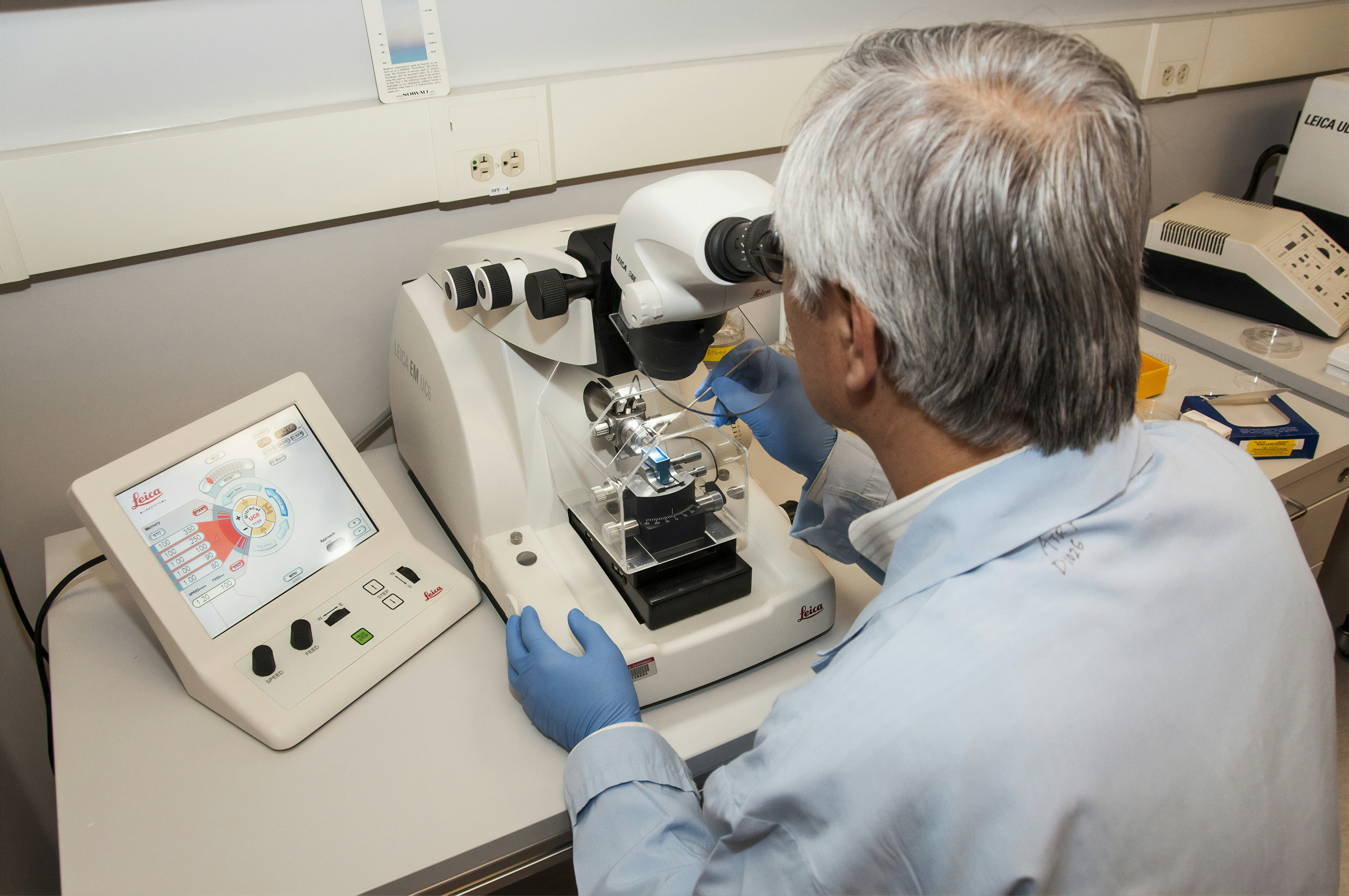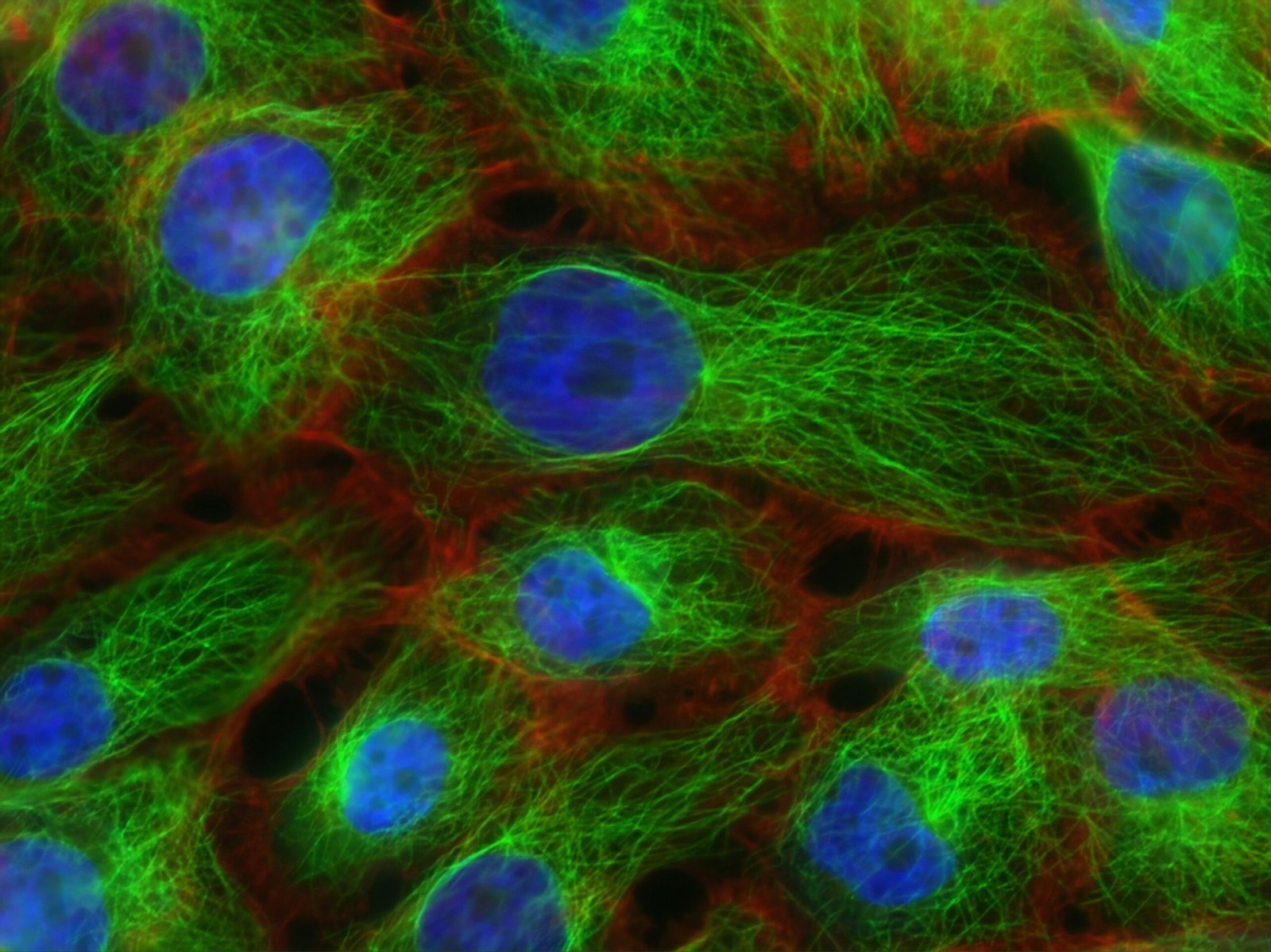Introduction to Genome-Wide Analysis
Genome-wide analysis (GWA) of gene families (GFs) focuses on identifying, characterizing, and understanding the evolution and functional roles of a group of related genes within a genome. This type of analysis is essential for studying gene expansion, duplication, divergence, and their contributions to specific traits, such as disease resistance in plants.
Key Basics of Genome-Wide Gene Family Analysis
1. Identification of GFs Members
- Genome Annotation Data: Retrieve whole-genome sequences and gene annotations from databases (e.g., Phytozome, Ensembl, NCBI).
- Sequence Homology Searches:
- Use BLAST to identify homologous genes.
- Employ Hidden Markov Model profiling with HMMER for domain-based searches (CDD and Pfam database).
2. Phylogenetic Analysis
- Construct phylogenetic trees to determine evolutionary relationships among gene family members.
- Methods include Neighbor-Joining (NJ), Maximum Likelihood (ML), and Bayesian inference (using MEGA, RAxML, IQ-TREE).
3. Gene Structure and Conserved Motif Analysis
- Intron-exon organization: Compare gene structures to understand evolutionary divergence (tools: GSDS, Gene Structure Display Server).
- Conserved motifs & domains: Identify protein motifs using MEME Suite, Pfam, InterProScan.
4. Chromosomal Distribution & Gene Duplication Analysis
- Chromosomal Mapping: Visualize the location of gene family members on chromosomes.
- Gene Duplication Analysis: Identify segmental, tandem, and whole-genome duplications (tools: MCScanX, OrthoFinder).
5. Expression Analysis (Functional Genomics)
- RNA-Seq Data Analysis: Evaluate gene expression patterns in different tissues or conditions (tools: Hisat2, StringTie, DESeq2).
- Co-expression Networks: Identify gene interaction patterns (Cytoscape).
6. Cis-Regulatory Element Analysis
- Predict promoter elements and transcription factor binding sites that regulate gene expression (tools: PlantCARE, PLACE).
7. Evolutionary and Selection Analysis
- Ka/Ks ratio (Nonsynonymous/Synonymous substitution rates): Identify selective pressures on gene family evolution (tools: PAML, KaKs_Calculator).
- Collinearity Analysis: Compare gene synteny between species (tools: MCScanX, SynMap).
8. Functional Validation
- CRISPR-Cas9 gene editing to validate gene function.
- Virus-Induced Gene Silencing (VIGS) for transient functional analysis in plants.
Applications in Plant Virology and Resistance Breeding
- Identifying resistance (R) gene families in plants (e.g., NLRs, RLKs, WRKY transcription factors).
- Understanding host-pathogen interactions through comparative genomics.
- Engineering durable resistance by targeting key resistance gene families.
Genome-wide analysis is a powerful approach used to study the genetic makeup of organisms. This method covers all genes in a genome, allowing scientists to explore gene families more comprehensively. Gene families represent groups of related genes with similar functions and evolutionary histories, making them essential for understanding genetic diversity.
Basics of Gene Family Analysis
The genome-wide analysis of gene families involves several critical steps. Firstly, researchers must identify gene families using bioinformatics tools that align homologous sequences. This alignment reveals the evolutionary relationships between genes, showing how specific traits may have evolved.




Understanding The Final Syllabus For Advances In Bioinformatics Course
[…] Basics of Genome-Wide Analysis of Gene Families […]